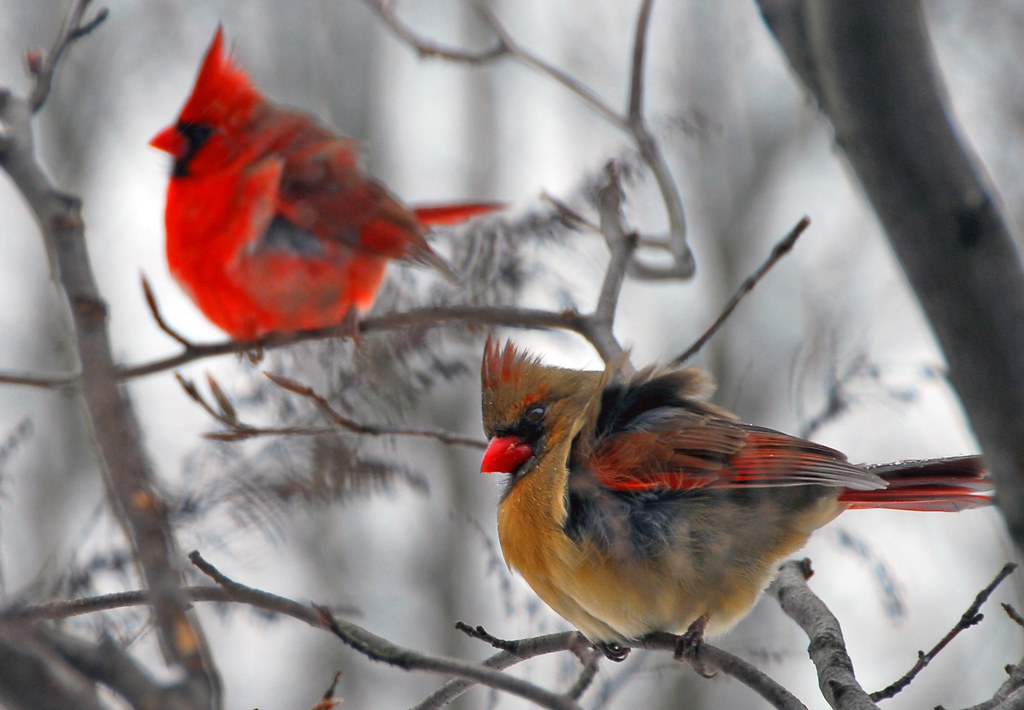SMALL SPACE GARDENING – From seed to bouquet: grow your own flowers for cutting

Zowie! Yellow Flame is a semi-tall zinnia with a unique bicolor pattern of blooms with scarlet-rose center and yellow petal edges. (photo courtesy of All-America Selections)
 by Melinda Myers
by Melinda Myers
You don’t need a lot of space or a big budget to grow and enjoy garden-fresh bouquets. Just fill a few vacant spaces, add an extra row in garden beds or fill a container with easy care flowers started from seeds.
You’ll jump-start the season and enjoy earlier blooms by starting some of the seeds indoors to transfer into the garden after the danger of frost has passed. If you’re not in a hurry, want to stretch your budget and extend your garden’s bloom time, sow some seeds directly in the garden. Just follow the directions on the seed packet.
Annual flowers like these are known for season long bloom and a long vase life. You’ll need to plant annuals each year, but you may decide the continuous bloom is well worth the effort. Supplementing them with perennial flowers and bulbs means you need to plant fewer annuals each year for a season filled with colorful garden-fresh bouquets.
Here are a few easy-care annual flowers that you can start from seed indoors or directly in the garden. These beauties will brighten those sunny spots in the landscape and bouquets in your home.
Start zinnia seeds indoors four weeks before the last spring frost or sow them directly in the garden. Either way, you’ll have flowers about eight weeks after planting the seeds. Grow taller varieties like Benary’s Giant for long stems, Queeny Lime Orange or Zowie! Yellow Flame for eye-catching color or Profusion and Zahara for small daisy-like flowers on compact mildew resistant plants in your low maintenance cut flower garden.
Like zinnias, cosmos make a great cut flower and both are heat and drought tolerant in the garden. Start cosmos seeds indoors four to six weeks before the last spring frost or directly in the garden. The fine foliage adds texture to the garden and the white, pink, lavender blooms light up the mid-summer through fall garden. Plant tall varieties en mass to eliminate the need for staking. Or grow shorter varieties like Sonata and Cosmic. Once you plant cosmos in the garden, you may be rewarded with volunteer seedlings in subsequent years.
Marigolds have long been favorites in the garden, but they also make great cut flowers. Like zinnias, you can start them indoors or directly in the garden and have flowers in about eight weeks. Include a variety of single, double, large and small flowers to create a marigold only arrangement or mix with other flowers. The Gem series of marigolds have lacy leaves with a citrusy scent and small single flowers all summer long. Not only are these 12-inch tall plants great in arrangements, but the flowers are also edible and attract beneficial insects to your garden.
Include calendula, another edible flower, in your garden and arrangements. Plant seeds directly in the garden in fall through spring when growing in the Deep South, Gulf and Pacific Coast areas. Those in other regions can plant seeds directly in the garden after the danger of heavy frost has passed. Also known as pot marigolds, these plants thrive in cooler temperatures. If plants fade as temperatures rise, cut them back, continue to water as needed and watch for new flowers when the weather cools. These will reseed readily so watch for welcome seedlings the following year.
Sunflowers make dramatic statements in the garden and in the flower vase. The 2022 All-America Selections winner, Concert Bell grows 10 to 12 flowers on each stem. You’ll have a ready-made bouquet with each stem removed. Suncredible® Yellow sunflower produces four-inch flowers on two to three feet tall plants. The plants continue to bloom throughout the season even if you don’t remove the faded flowers.
Keep the flowers coming to enjoy in the garden and arrangements with regular picking. The more you pick, the more flowers you’ll have. Share extras with friends, neighbors, or senior centers. Studies at Rutgers University found cut flowers immediately increased happiness and had a long-term positive impact on the recipient’s mood.
Melinda Myers has written more than 20 gardening books, including The Midwest Gardener’s Handbook, 2nd Edition and Small Space Gardening. She hosts The Great Courses “How to Grow Anything” DVD series and the nationally-syndicated Melinda’s Garden Moment TV & radio program. Myers is a columnist and contributing editor for Birds & Blooms magazine. Her website is www.melindamyers.com.















